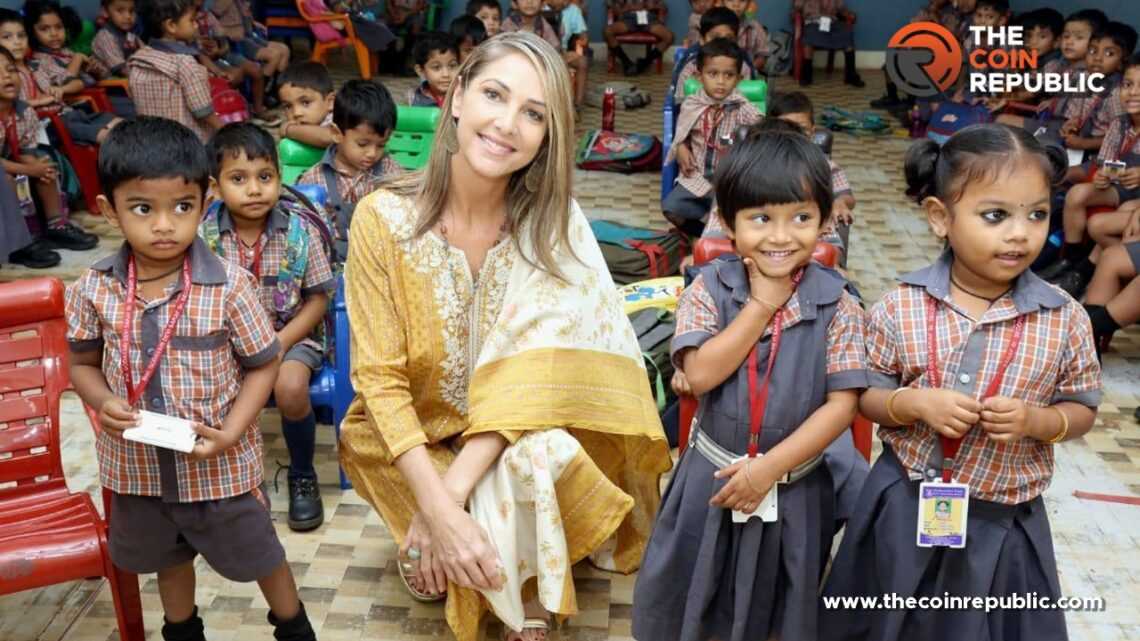-
From Manpower to Computing Power, A New Future of Digital Economy Will Be Opened
 joint
joint 2022-09-21
2022-09-21 4431
4431 NEWS
NEWS
-
Summary:With the development of technology and human demand for a better life, the productive forces have developed rapidly. As we all know, productivity consists of labor materials, labor objects and laborers, among which human is the most active productive factor, and technology is the most critical factor to promote the change of productivity.
From ancient times to the present, the development history of human productivity can be divided by the "four forces". The first is the age of manpower, which mainly relies on people's own labor force to engage in production activities. The level of productivity is completely limited by people's own physical strength. The second is the age of animal power, humans learned to use animals and livestock to engage in production labor, began to liberate part of the human labor; The third is the era of power. Through the revolution of science and technology, human beings converted various energy sources such as steam and electricity into power to drive machines, and realized large-scale production by replacing human labor with machines, thus achieving a major breakthrough in productivity. Now, the development of human productivity has entered the fourth era -- the era of computing power. The computing power based on chip and software platform has changed the production mode, life mode and scientific research paradigm of human beings. Computing power has increasingly become the base of scientific and technological progress and economic and social development, representing the development level of human wisdom.
The development stage of human productivity and the first law of computing power
In the age of manpower, since the ancient Stone Age, the productive force is mainly based on manpower, and humans mainly rely on their physical labor and some auxiliary stone tools to engage in production activities. The productivity of the whole society mainly depends on the size of the population participating in manual labor and the physical ability of individuals, and the improvement of productivity mainly depends on the improvement and upgrading of the stone tools used by workers. Marx once said that stone tools are not only a measure of the development of human labor (productivity), but also an indicator of the social relations through which labor proceeds. Therefore, the degree of cooperation between labor and stone tools determines the level of productivity in the human age. Due to the slow evolution of stone tools, the overall productivity was in a relatively stable state, and the speed of social development was slow. The function object of productivity is mainly gathering or hunting, and its value is mainly reflected in meeting the basic survival needs of human beings.
In the age of animal power, that is, the feudal agricultural society represented by large-scale farming, productivity mainly depended on animal power, and humans began to domesticate animals to obtain greater productivity. The appearance of bronze and iron utensils accelerated the use of horse-drawn carts and cattle plowing, marking the beginning of human production labor by the use of livestock power, rather than only by the use of manpower itself. In the history of China, the technology of using cattle to pull the plow has long been the representative of agricultural productivity for thousands of years, until the appearance of the industrial revolution. The transition from hand-pushed mills to horse-drawn mills in Europe was also a gradual process of replacing human labor with animal power. During this period, the means of production, such as land and raw materials, did not undergo essential changes compared with the age of manpower, but the means of labor did undergo substitutional changes. Besides farming and transportation, animal power was used to replace manpower, and the social productivity was greatly improved in quantity, but the qualitative transition was not realized.
In the power-time, that is, the industrial society between the middle of the 19th century and the middle of the 20th century, all kinds of energy were converted into power to drive machines to participate in mass production, breaking the time and physical limits of human and animal power, and greatly increasing the productivity of the whole society. The innovation and extensive application of steam engine directly promoted the first industrial revolution (mechanization), which made the development of productive forces out of the stage of factory handicraft and into the stage of large-scale machine production, and promoted the vigorous development of industrial economy. The emergence of gasoline and diesel engines made cars and construction machinery widely available, and human beings realized the great migration on a global scale. The appearance of electric power makes the world from "steam age" to "electric age", that is, the second industrial revolution (electrification). The invention of generator, electric motor and the emergence of long-distance transmission technology make the electric industry develop rapidly, and electricity is widely used in production and life. At the same time, the great development of industrialization has further accelerated the emergence and adoption of new means of production, such as oil and steel. The new productive forces and means of production have jointly promoted social development to achieve a qualitative leap forward.
In the era of computing power, the information society that began in the second half of the twentieth century, productivity was mainly reflected in the efficient processing of data and other new means of production. The emergence and wide use of electronic computers has provided basic conditions for the development of global automation, information technology and networking, accelerated the ability of human beings to explore new means of production, and expanded the ability of human beings to understand and explore unknown areas. The means of production gradually changed from oil and steel as the core to data as the core, and evolved to the micro fields such as molecules and atoms. At present, computing power is no longer a proprietary service in the field of information technology in the electronic computer age, but permeates the whole process of production in all walks of life and enterprises, with the participation and proportion of computing power becoming higher and higher. Computing power can not only help enterprises reduce operating costs, but also provide intelligent decision support. Computing power has really realized the replacement of human and brain power, becoming the extension of human ability and a transformative force to promote social progress. As Nicholas Negroponte, an American scholar, put it in his book "Living Digitally", "Computing is no longer just about computers; it determines our existence". Computing power is not only the core productivity of the digital economy era, but also an increasingly important factor in people's lifestyles. In a word, computing power is productivity, we call it the first law of computing power, "computing age" has really arrived.
Computing power has been more and more widely used in many industries and business scenarios, but different services have different requirements for computing power, mainly manifested as low delay, high mobility, large computing power, tidal and other diverse requirements. Typical low-latency scenarios, such as VR/AR, have high user participation. The delay demand mainly comes from the smooth interaction between people or between people and devices, and becomes the decisive factor affecting user experience. Typical scenarios with high mobility include automatic driving. In such scenarios, the vehicle needs to continuously switch the position of computing service nodes to achieve the millisecond delay required by automatic driving in order to timely feel the changes of the environment and respond to them in the complex traffic environment. Typical scenarios of large computing power, such as weapon development, flight simulation, climate simulation, fertility simulation, gene sequencing and other advanced scientific research scenarios, are computation-intensive and require high accuracy. In typical tidal demand scenarios, such as office building video surveillance, the calculated demand will fluctuate significantly during the day and night with the change of time. Future computing power needs to rely on network, intelligent, green, trusted and other cutting-edge technologies to meet the needs of business diversification in the way of service.
The future has come, how to accumulate data resources, improve the level of computing power, optimize computing power industry, has become the common focus of enterprises, regions and even countries, not only benefits the whole society, but also affects everyone caught in the tide of The Times.
Disclaimer:As an open information publishing platform, shilian only represents the author's personal views and has nothing to do with shilian. If the article, picture, audio or video contains infringement, violation or other inappropriate remarks, please provide relevant materials and send it to: 2785592653@qq.com.
Hint:The information provided on this site does not represent any investment suggestion. Investment is risky, and you must be cautious when entering the market.
ShilianFan group:Provide the latest hot news, airdrop candy, red envelopes and other benefits, WeChat: rtt4322.
















